The great American coast to coast road trip is complete. Lucy and I are back in Edinburgh and Ryan in Tullyroan but that doesn’t mean the blog is over! We have a few more posts which we didn’t get a chance to put up on the road but thought you might be interested in.
This one is all about the daily workings of the RV from the outside – our setup in the evening and pack down in the morning.
1. The Dinghy. We got quick at unhooking the Dinghy by the end of the trip. Ryan discovered that a hammer and screwdriver to bang the pins out of the tow-bar worked best. We also had to disconnect the transmission oil pump and two back-up cables….and remember to take the keys out of her and lock her up (we never forgot this of course).
2. Electricity. This was definitely the most beneficial resource we accessed in the RV parks and involved a simple process of plugging the massive yellow cable you see in the picture into the side of the rig and the mains source at our site. Mains electricity allowed us to use the oven, washing machine, electric grill, fans and lights without fear of running out of battery power. Without a mains source the invertor would trip or the house battery would run down pretty quickly with all those things going. We did have a back up generator on board but never got that working.
3. Water. It was of course important to ensure we had freshwater on board but with a 100 gallon tank we didn’t need to fill it every night.
The good thing about being connected to a tap was that we could switch the water pump off on board and access the mains pressure. This was much better for using the taps and shower. As well as switching the water pump off (below) there was also a button on this panel to fill the fresh water tank, otherwise the mains would go directly to the taps, bypassing the tank – pretty nifty.
4. Sewage. As Ryan’s last post alluded to we had certain rules about the use of the toilet on board. As far as we know (though it has not be conclusively verified) rule 3 was never required. There were two waste water tanks on board; grey water for the sinks and shower and black water for the toilet. We attached the large blue pipe to the tanks and connected it to the drain on the site. The procedure was to empty the black first, then the grey and then run some freshwater through the pipe to clean it (somewhat).
Packing down in the morning basically meant unhooking everything. There was a particular skill (as demonstrated below) in returning the electrical cable to it’s storage compartment – it was rather heavy!
We made sure all the compartments were locked…
…hooked the dinghy up again…
…and we were good to go.
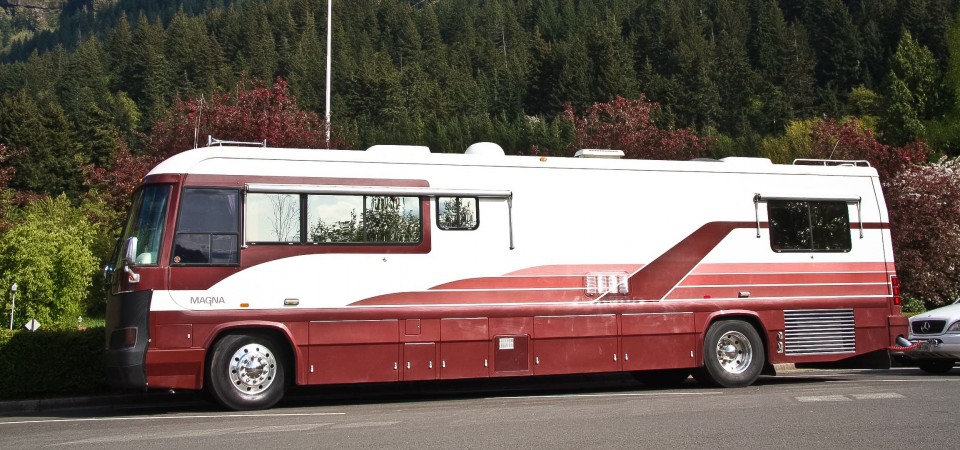
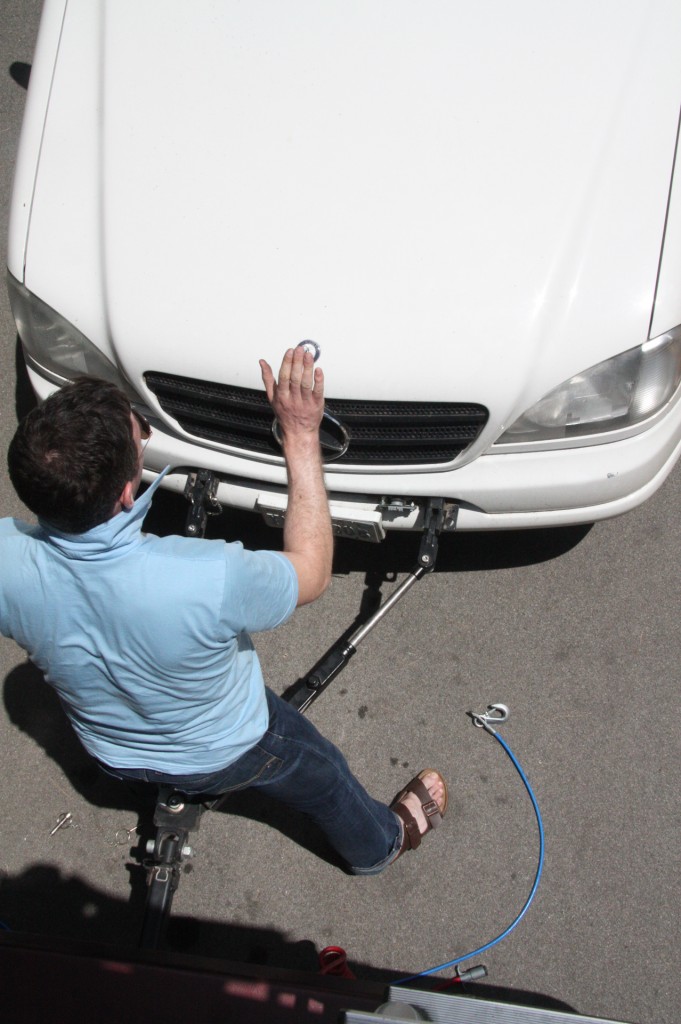
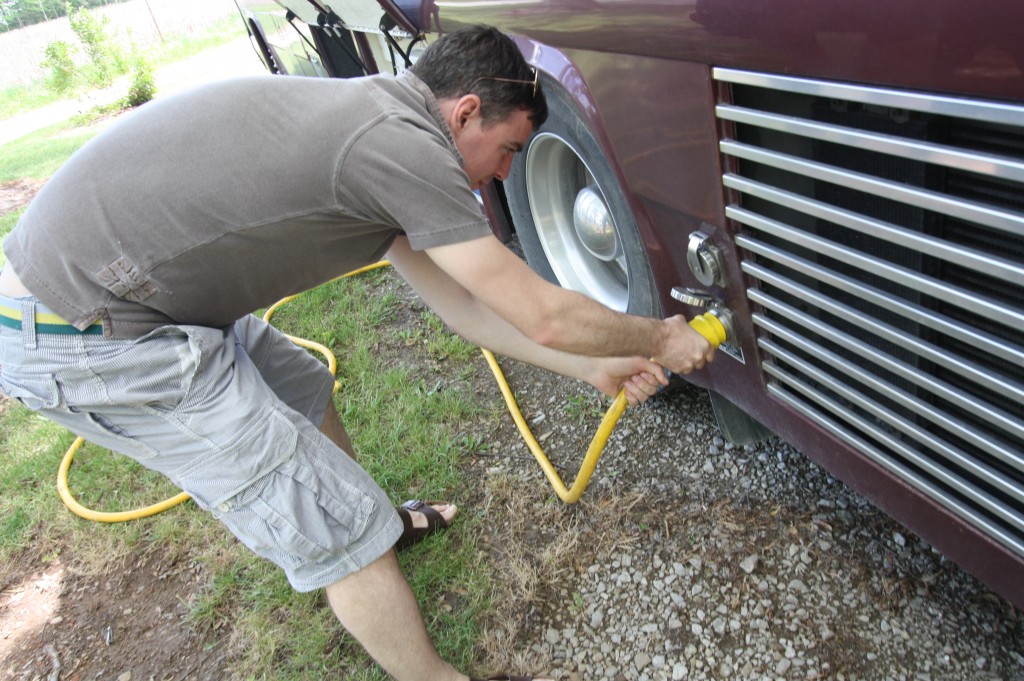
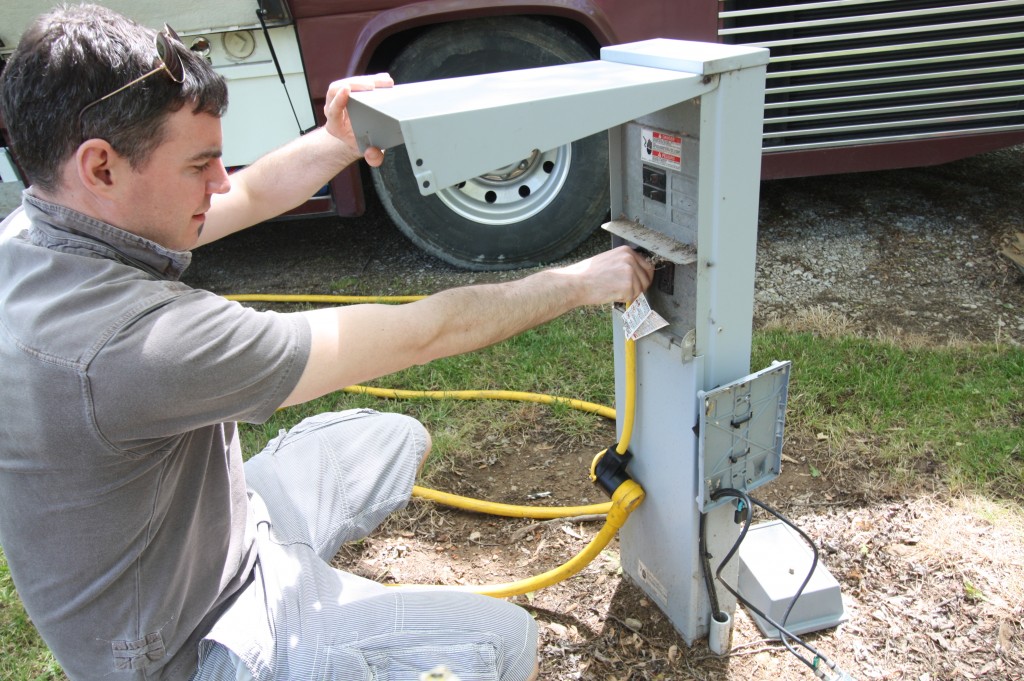
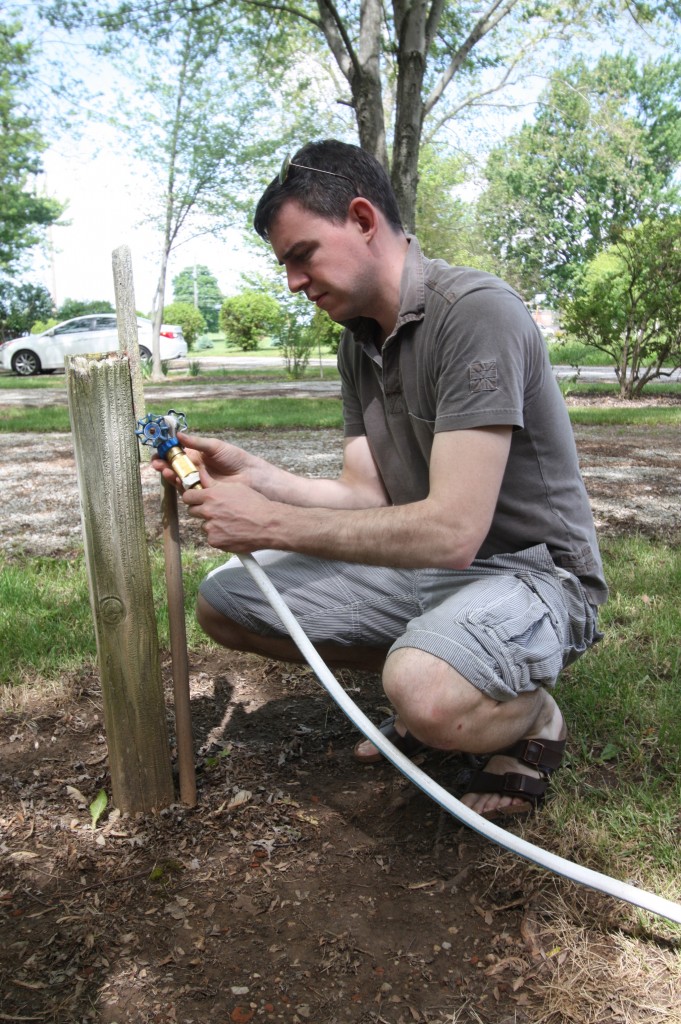
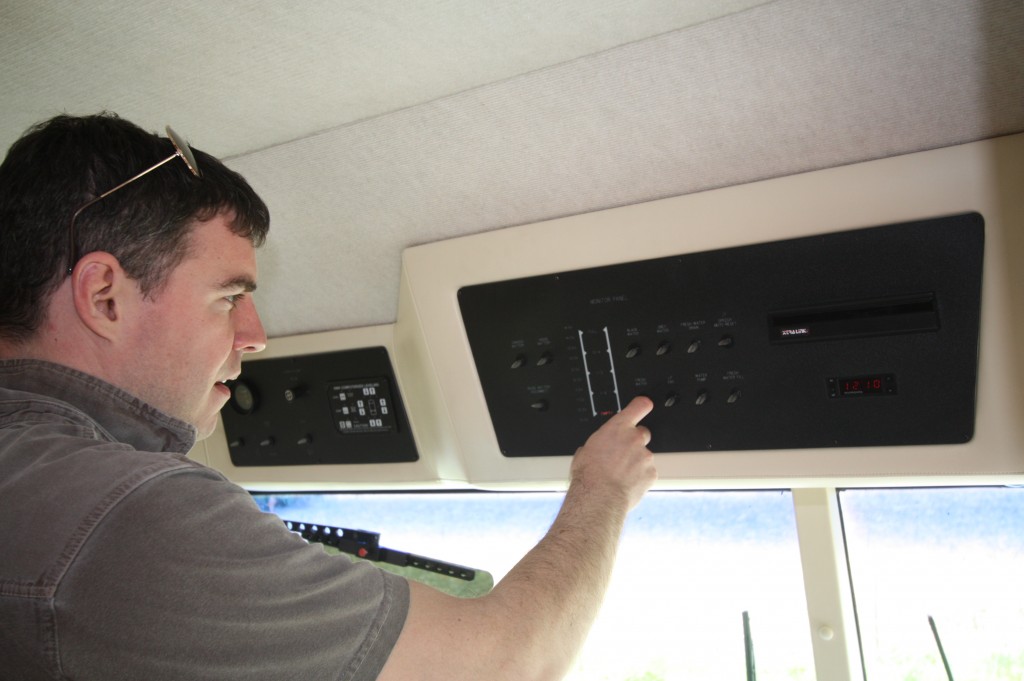
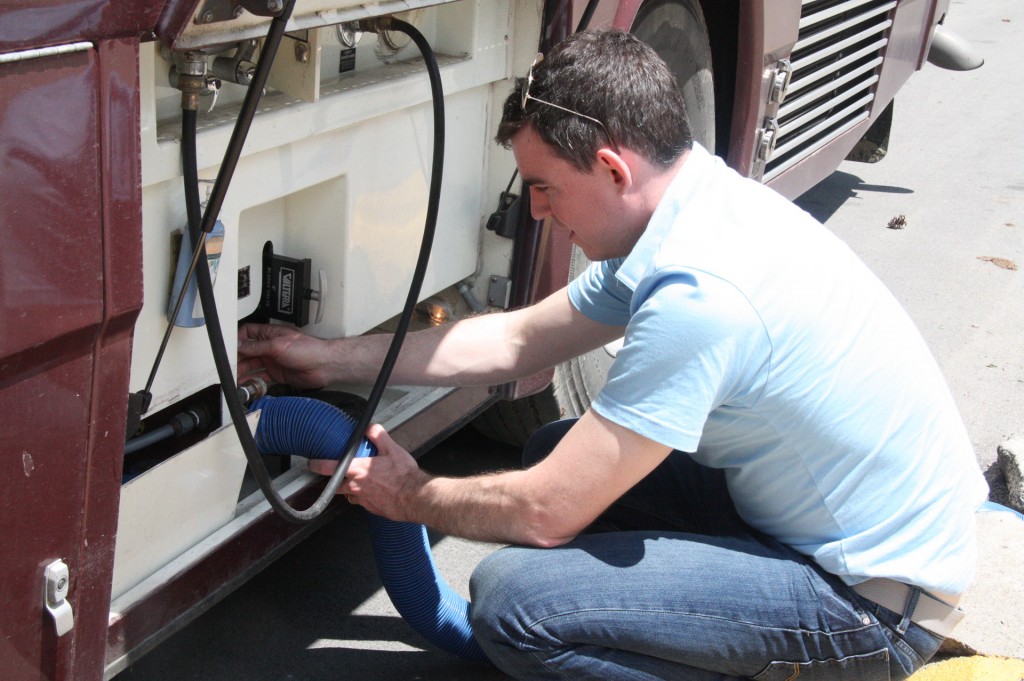
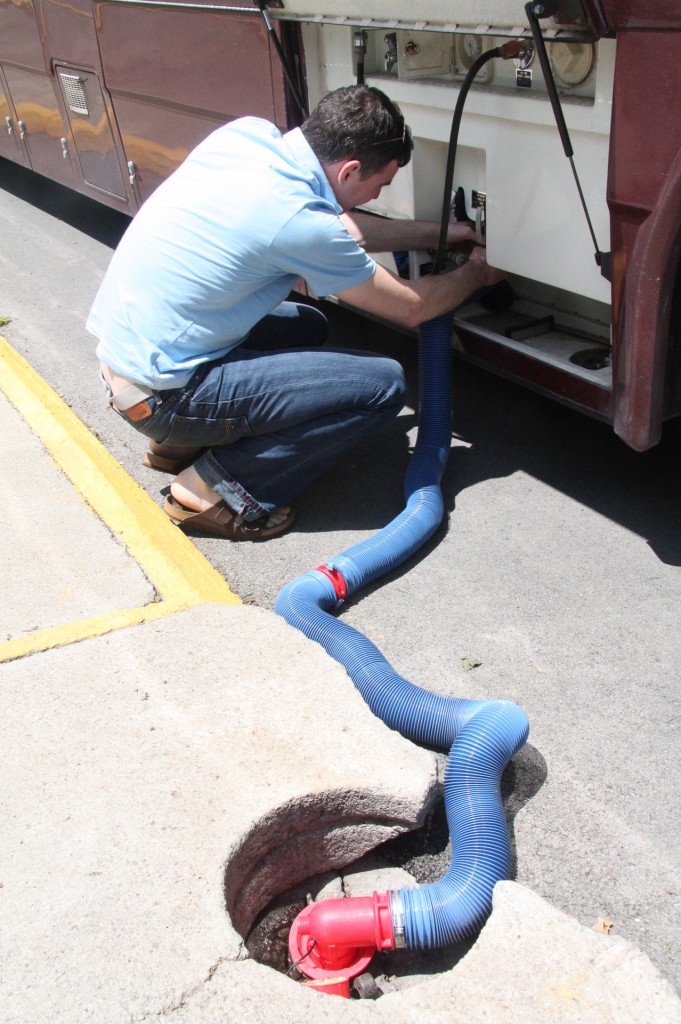
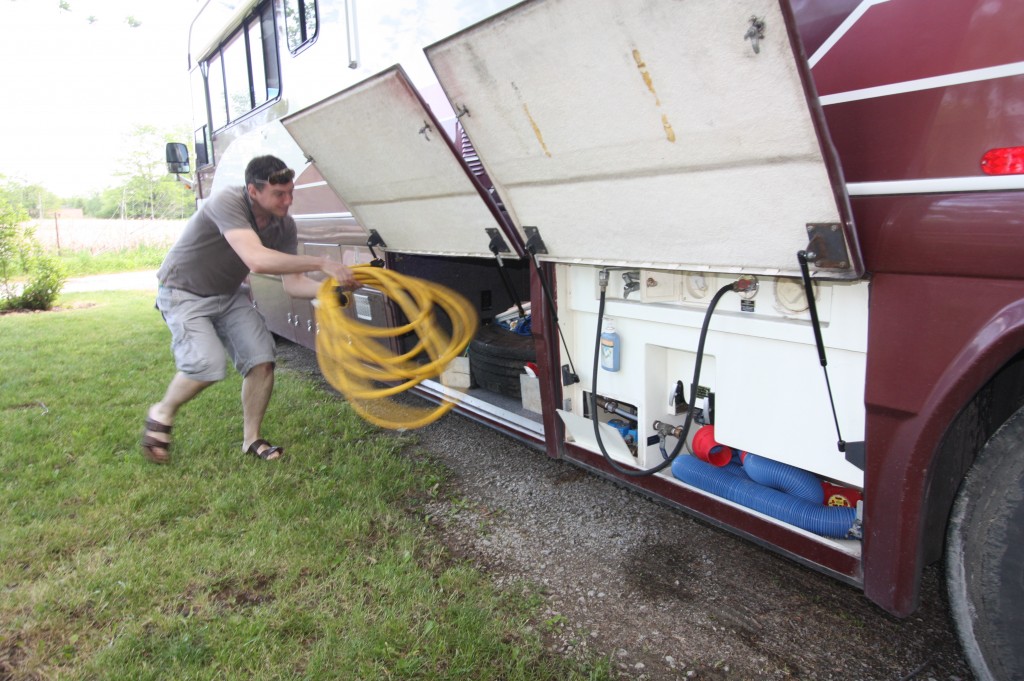
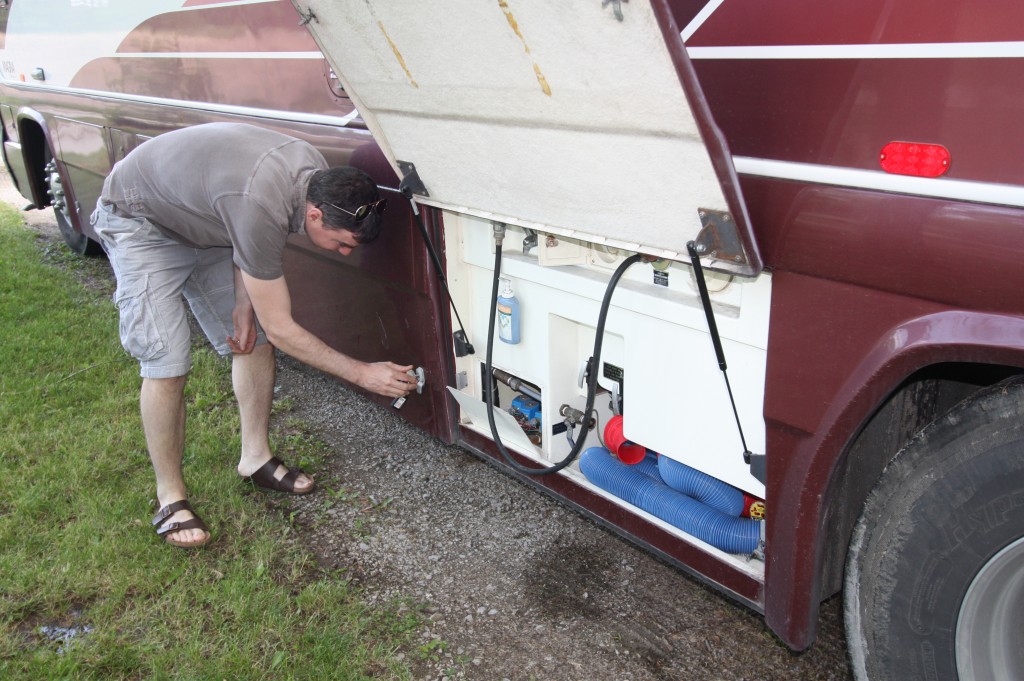
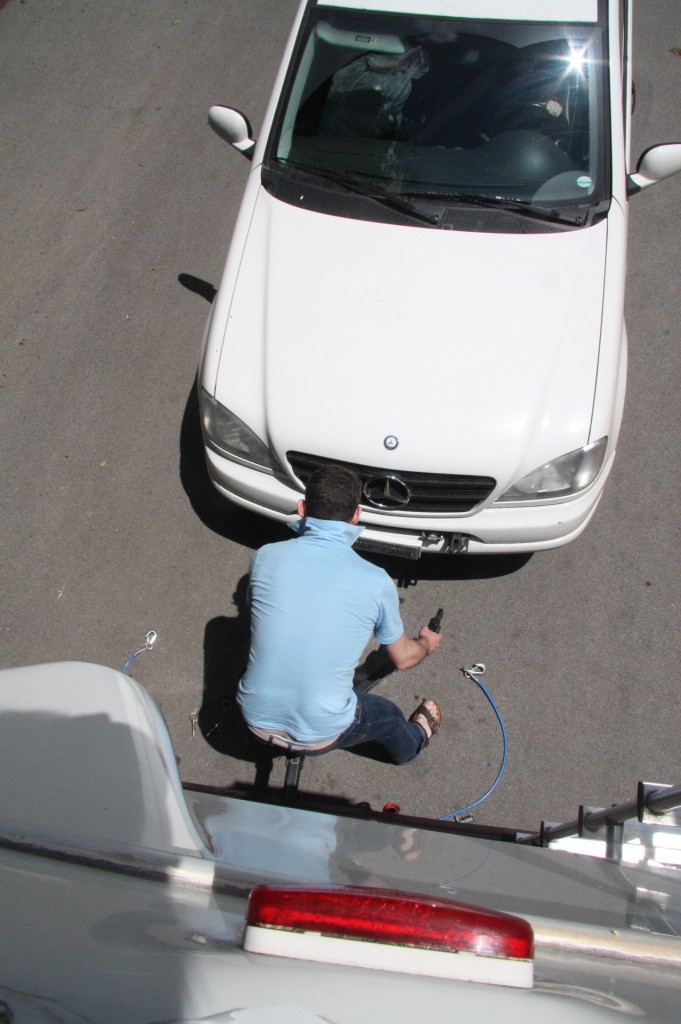
Leave a Reply